Quantum optical transceiver for space applications
- Posted by doEEEt Media Group
- On July 19, 2022
- 0
Quantum contacts offer many advantages for secure data transmission, e.g., confidentiality, integrity, and eavesdropper’s detectability. Information is encoded in quantum bits (qubits), intrinsic physical properties, such as the polarization of a photon. Quantum physics allows encoding information by correlating two or more particles (photons, atoms). Quantum QKD space is one of the innovative information processing methods that emerged from the properties of “superposition of states” and “entanglement.”
QKD allows two (or more) parties to know when a communication channel is entirely secure to exchange an encrypted key. QKD is used before classical information is transmitted over conventional non-secure communication channels like telephone lines, RF links, and optical fibre networks. Since quantum physics laws state that a single particle like a photon cannot be split or cloned, it certifies the absolute security of communication.
Space quantum communications
- Need for secure transmisión between two parties. Confidentiality, integrity, availability, and eavesdropper´s detectability are essential for space communications.
- Cryptography. The transmitted information is coded by exchanging a randomly generated enciphering key between two parties through a non-secure channel.
- Quantum Cryptography. New secure-communication technology is used to implement space quantum communication protocols.
Quantum key distribution
The Quantum Key Distribution (QKD) allows two (or more) parties to know when a communication channel is entirely secure to exchange an encrypted key. The Quantum Key Distribution (QKD) is used before the classical information is transmitted over a conventional non-secure communication channel such as fiber optic networks. Since the laws of quantum physics affirm that a single particle such as a photon cannot be divided or cloned, it certifies the absolute security of communication. However, quantum communication channels are limited on Earth.
- Based on quantum physics principles: Data encoded in quantum bits (qbits)
- Both parties share the secure enciphering key through a private quantum channel. It uses the correlation between two (or more) particles (e.g., photons).
- Information is coded at the level of a single photon-per-bit.
- It uses a quantum physical property such as the polarization of a photon. E.g., polarization in vertical and horizontal directions is a coding basis for one bit.
- Single photons cannot be cloned or split; by measuring them, you change them from their initial state.
- The superposition of states and entanglement led to innovative QKD methods that were more powerful than their classical counterparts.
- A Quantum communication system uses single photons to transmit unique
- random secret keys of ones and zeros.
GET IN TOUCH TODAY!
Do you have questions? Contact us!
Entangled Photon Source Overview
Entangled photon source (EPS) Entanglement is widely described in quantum physics. Entangled particles are correlated, which means that modifying one property of one particle will also affect the pair-mate. The entangled states are generated using spontaneous parametric downconversion (SPDC). The output photons are called by convention signal and idler. This means that an eavesdropper detecting one photon of a pair will modify the pair mate state, thus revealing its presence when transmission results are compared. Several teams have already proposed some configurations [6-10]. This project aims to develop one of the existing sources for lab experiments into an integrated product compliant with space requirements, including physical dimensions, weight, and power consumption.
Selection criteria include optical performances, pump requirements, and optomechanics. As a first iteration, non-collinear sources have been excluded because of the very low separation between the output cones, which would require either a long structure or mirrors in the optical path. Sources using periodically poled potassium titanyl phosphate (PPKTP) crystal are preferred to those using β-barium borate (BBO) because of efficiency. Optomechanical tolerance analysis has to be conducted to determine the elements of each configuration that are sensitive to position or angle misalignments and would induce efficiency loss. To this end, the pump beam should be numerically propagated to the nonlinear crystal. The signal and idler beams should be numerically backpropagated from the output coupling to the crystal center. The efficiency is calculated from the overlap between the pump, signal, and idler beams.
Quantum QKD Space Communication: Proof of principle
- Absence of absorption effects and birefringence of the optical fibre
- Longer distances: links between terrestrial stations
- Longer lengths for space communications: links between satellites and Earth-satellite: Incoherence effects due to atmospheric disturbances are insignificant.
- ESA has supported studies in the field of quantum communications in space applications (e.g., TRP, ARTES, and GSP programs).
Proof of principle: Entangled photon pair
The first step towards future satellite-based quantum communication systems
- Quantum optical terminal demonstrator capable of generating entangled photon pairs
- Feasibility of Quantum QKD space communications
- Single photon channel, atmospheric testing effects, entanglement distribution
- Evaluation for future links between Space-Earth and satellites.
- Optical free space link
- Entangled photon pair using SPDC
- Photon pairs remained entangled over a distance of 144Km
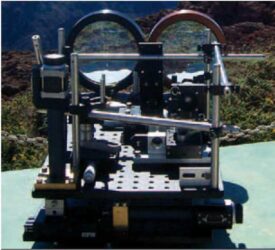
Proof of principle: Free space faint pulses
The first step towards future global QKD is via low-earth-orbit satellites.
- Quantum optical terminal demonstrator capable of generating single photons pulses from the light laser source.
- Feasibility of Quantum QKD space communications
- Evaluation for future links between Space-Earth and satellites.
- Optical free space link at a distance of 144Km
- Emitting indistinguishable faint pulses with random polarization states and with different intensity levels
- High secure key rate exchange
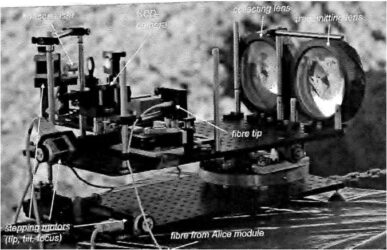
Quantum photonic transceiver (QPT): consortium members
ATN is the prime contractor of a consortium for developing a compact, robust and reliable solution of a QKD transceiver for space applications in the frame of an ARTES program.
For more information about this project, please read the article: Quantum Key Distribution (QKD) In Space Communications.
- Miniature RF Connectors for high-performance testing - April 24, 2025
- Space-Grade components available for immediate delivery - April 10, 2025
- Managing EEE components for LEO and lower cost space missions - December 17, 2024

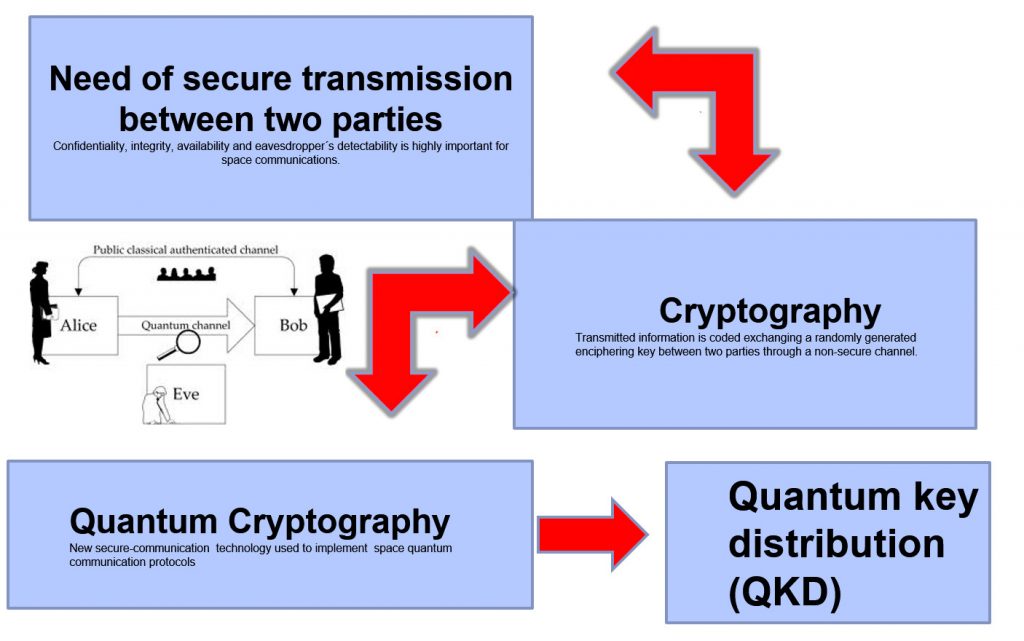
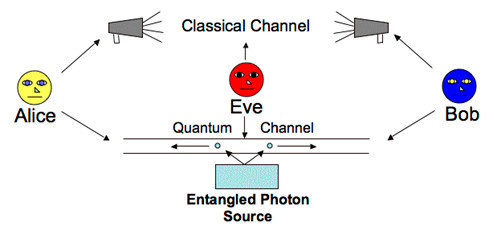
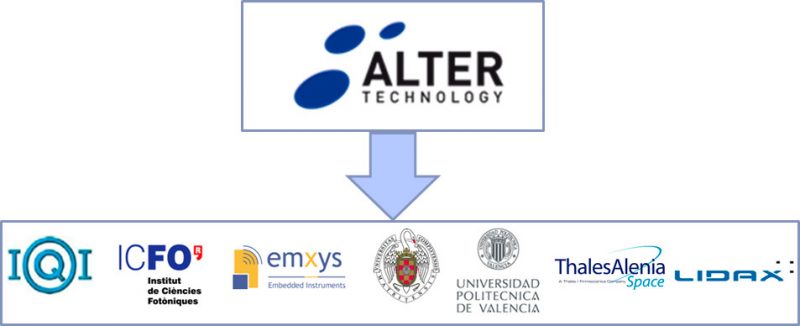
0 comments on Quantum optical transceiver for space applications